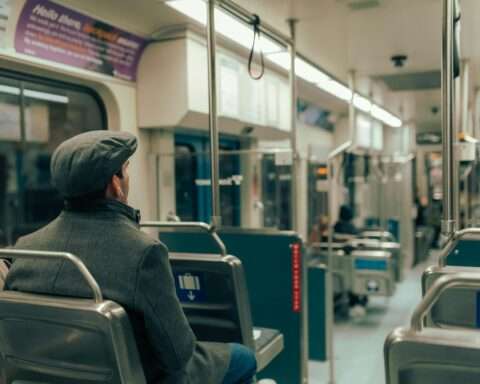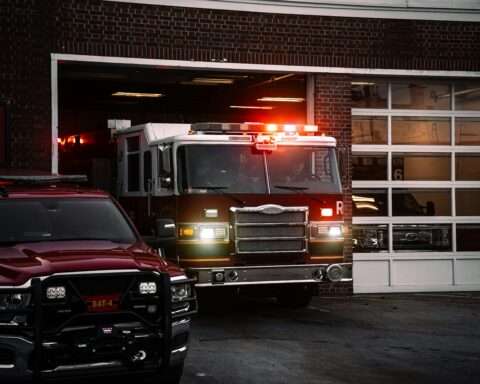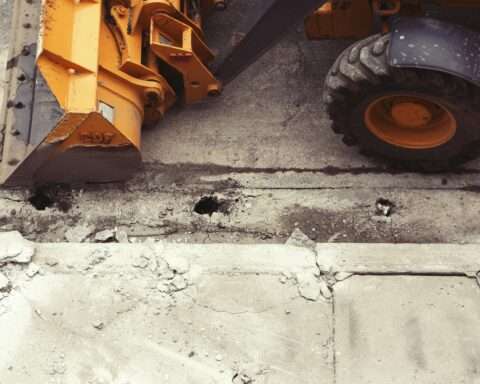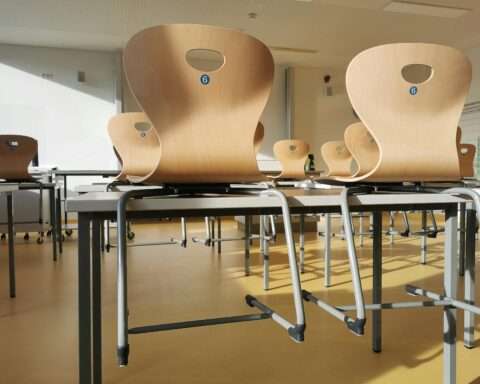The Pennsylvania Department of Transportation (PennDOT) will spend $225.5 million to rehabilitate the Columbia-Wrightsville Bridge over the Susquehanna River. Construction is anticipated to begin in 2027.
The 1.26-mile bridge has been steadily falling into decline since its original construction in 1930. The department has determined that the bridge suffers from structural deficiencies due to natural wear-and-tear, including cracks throughout the bridge deck, spalling and exposed corroded rebar in the superstructure, broken sidewalk sections, reduced support for the bridge deck and water infiltration. The current design also impairs bicyclist, pedestrian and vehicular mobility.
The project will be divided into three phases to minimize road and bridge closures. The first phase will prioritize work beneath the bridge deck and in the river. This will include building causeways and a gantry crane system to facilitate the movement of materials.
As part of the bridge’s rehabilitation in the second phase, the department will replace the bridge deck, barrier, beams and vertical columns above the arch spans. The project will remove the deck, barrier and beams over the land spans while retaining the existing river arches and piers. PennDOT will work to preserve the bridge’s architectural aesthetic and history, only implementing repairs and replicating historical details as needed. The bridge will be partially reopened during Phase 3.
Plans include restriping the bridge to realign travel lanes to 11-feet with 7-foot shoulders. These shoulders will be composed of five-foot bike lanes with a two-foot striped buffer area. The project vision calls for a wider sidewalk to be constructed along the side of the bridge. Additional work will enhance the bridge’s adjacent intersections, non-motorized connections to trails and parks and lighting upgrades.
The department has also identified five areas that will require enhancements to address project needs. These include:
- Adding wayfinding signs and pavement markings to connect a bike route and pedestrians to the Northwest River Trail and River Park.
- Adding wayfinding signs, pavement markings and sidewalk enhancements to connect a bike route and pedestrians to the Mason-Dixon Trail and Riverfront Park.
- Building a roundabout at the western end of the bridge to improve a nearby 5-point intersection.
- Installing a traffic calming central median feature at the eastern end of the bridge.
- Upgrading the above bridge lighting system to increase traveler safety.
Photo by Amicia Short from Pexels












